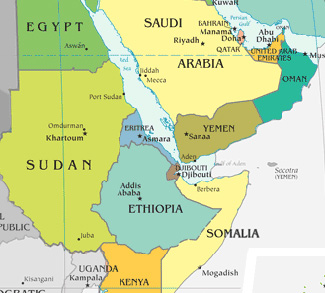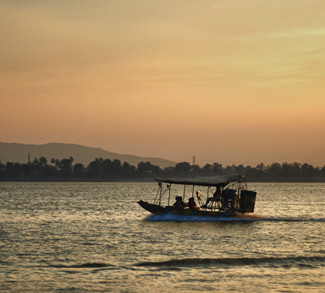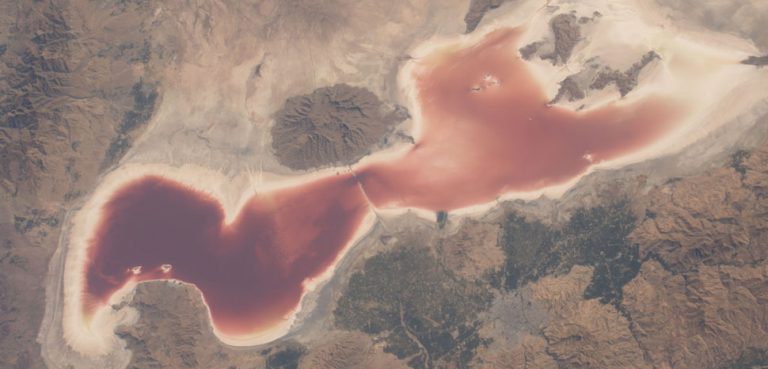Summary
The Great Ethiopian Renaissance Dam (GERD) could well end up as a template for water conflict in the 21st century.
The dam is currently under construction in the Benishangul-Gumuz region of Ethiopia on the Blue Nile. Once completed, the dam will be the largest of its kind in Africa, producing an expected 6,000 MW of electricity.
The Renaissance Dam will bring some obvious economic and development benefits for Ethiopia in the form of electricity production, employment, and drought protection. These, along with the sheer size of the endeavor, have helped the government present the Renaissance Dam as a patriotic cause célèbre for Ethiopians, who have been lining up to buy GERD bonds and demonstrate their love of country.
Downriver the mood is more somber. The Renaissance Dam could be a game-changer for Egypt’s water supply, restricting agricultural output, impacting livelihoods, and incurring new costs as the Egyptian government looks to more capital-intensive options to deal with its coming water shortfall. All the while Cairo must face up to a grim geopolitical reality: it is at the mercy of Addis Ababa’s decisions on the Renaissance Dam’s initial fill rate (currently 5-7 years; the longer it is, the more staggered the impact), and any future decision concerning reservoir levels.
A lack of technical details is further clouding matters. No one knows just how much of an impact the Renaissance Dam will have, and reports assessing the hydrological and social impacts of the dam are expected to be published after construction is complete.




